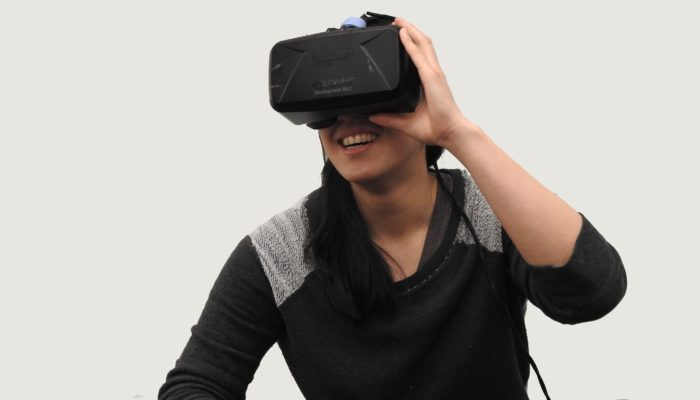Even before Thomas P. Caudell coined the term “augmented reality” in 1990, technologists have looked forward to devices that can enrich users’ views of the real world with an overlay of digital content and relevant data.
From Google Glass to Pokeman Go, companies have long created augmented reality experiences for consumers (with varying degrees of success). But with the exception of a few forays into manufacturing and other industrial applications, AR has had a hard time breaking into business.
The prospects of AR for enterprise brightened last week, when the United States Army announced that it will work with Microsoft on the production phase of Microsoft’s Integrated Visual Augmentation System (IVAS), a headset based on Microsoft’s HoloLens and supported by Microsoft Azure.
IVAS “delivers a platform that will keep Soldiers safer and make them more effective,” Microsoft said in a blog post. “The program delivers enhanced situational awareness, enabling information sharing and decision-making in a variety of scenarios.
“Microsoft has worked closely with the U.S. Army over the past two years, and together we pioneered Soldier Centered Design to enable rapid prototyping for a product to provide Soldiers with the tools and capabilities necessary to achieve their mission.”
Mary Jo Foley reports that the Army has ordered 120,000 of the augmented-reality headsets — a contract that Microsoft said could be worth as much as $21.88 billion over 10 years.
This big deal — supported by a veteran business developer like Microsoft — makes it likelier that augmented reality will become an enterprise fixture. From digital computers to the internet, military applications have driven civilian computing for many decades.
So what does that portend for your customers? Venture Beat recently noted that the COVID-19 pandemic compelled new use of AR for collaborative tasks and predicted that technological improvements and growing corporate comfort with AR will drive enterprise sales in 2021.
“Over the next year, enterprises will become more comfortable with the idea of holographic participation, where some team members join meetings and possibly even present to groups in realistic 3D avatar form rather than as flat 2D videos.”
As the pandemic recedes, business leaders are seeking new ways to collaborate in new types of hybrid workplaces. That means an opportunity for vendors to help broker these new AR-powered relationships.
The time may finally be ripe for augmented reality to take its place in business; study up and be prepared to jump in.








